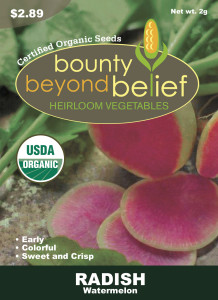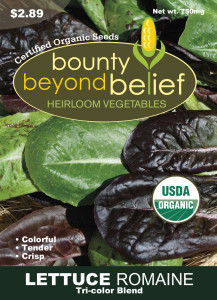Rules You Can’t Break
Some Rules You Can’t Break
by Sandy Swegel
Nature is a fierce taskmaster. We can bend many rules by starting seeds in our basements under lights or planting tomatoes in Walls of Water in the snow. But there are definite limits to how much nature will bend to our will and when we’ve just gone too far. A warm early Spring and now a deadly April blizzard have brought to mind who really makes the rules here…and it’s not gardeners.
Laws of Time and Space that can’t be broken.
Six weeks before last frost
The rule of thumb for cool season plants is to seed six weeks before last frost. April 1st is 6 weeks before our last frost, but a warm spell had impatient gardeners planting peas in February. Some peas did come up but many more rotted under the sodden snows and rains. Others were eaten by birds and mice. Most people had to replant.
After danger of frost has past
Really. 72 degrees in early April is not a reason to break this law. My eager neighbor planted green beans a couple of weeks ago. It was very warm and they sprouted and started to grow. They all turned brown and died in our below-freezing temperatures this weekend.

Days to Harvest
Well, I’ve tried the squash planting experiments and learned what the seed packets say. It takes 100 days to get my favorite butternut squash ripe before killing frosts in the Fall. I cannot procrastinate and not get the seeds planted until June 14th like I did two years ago. No amount of heat or sun or fertilizer speeds up the natural process of development. The squashes were beautiful but immature and not edible. Nature doesn’t forgive procrastinators no matter how well-intentioned.
Fruit tree flowering
The law of time sadly broken this weekend was by people who plant trees that bloom early. In eastern Colorado, one of the frequently planted and least productive fruit trees is the apricot. It buds and blooms in very early Spring and hopes are raised for a grand harvest. Then inevitably there are April freezes and all the flowers freeze. We get apricots maybe every seven to ten years. It just doesn’t make sense to plant them. But now with more global warming-induced fluctuating temperatures, we are going to have the same problems with our reliable fruit trees: apples, plums and pears. A warm Spring brought all the fruit trees into full bloom last week….when the trees are most susceptible to killing frosts. It may be as cold as 24 degrees tonight which could me no backyard or local fruit this year…the second year in a row. We have to begin choosing very late budding trees to handle climate change.
There are many other laws that can’t be broken. Anyone who has forgotten to thin the carrots knows you can’t break Laws of Space and expect normal carrots….instead you have hundreds of carrots thinner than chopsticks. I tried breaking the Laws of Light and Dark by falling for beautiful pineapple sage at the garden center. It only blooms when the days get short. Our days get short about a week before Fall frost….so the plant sat without bloom most of the summer until a fabulous October display and then frost.
To be happy, successful gardeners, we must notice how nature works and try to work with her, not against her. Climate change is discouraging to say the least, but we can adapt.






